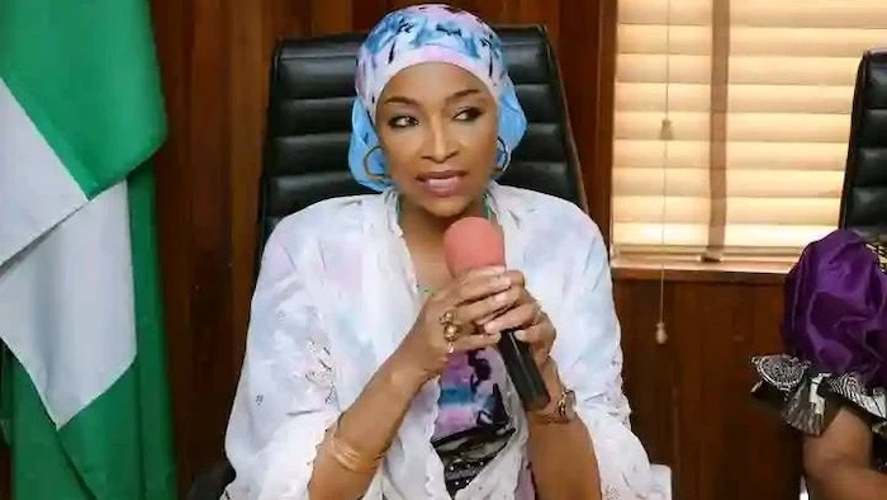The Minister of Art, Culture, Tourism, and Creative Economy, Hannatu Musawa, has projected that the sector under her supervision will generate at least $100 billion between now and 2030, a development that would positively impact Nigeria’s GDP.
She also projected that the sector, if harnessed to its full potential, will generate at least two million jobs, specifically for the younger demographic.
She made these projections on Monday, shortly after the Federal Executive Council meeting chaired by President Bola Tinubu.
According to the minister, over the years, the lack of infrastructure to support the creative sector has stifled its growth, prompting the current administration to approve a number of innovations to boost the sector.
Musawa said: “Today, the council approved the establishment of the Creative and Tourism Infrastructure Corporation to invest in and develop Nigeria’s creative and tourism industry infrastructure under a PPP partnership.
“This is a significant initiative that we hope will propel Nigeria’s creative and tourism industries to new heights by unlocking their immense potential, enhancing economic growth, and building global soft power. The new Ministry of Art, Culture, Tourism and the Creative Economy was created in October 2024, and we are committed to building the creative industry, the Cultural Institute, and the tourism sector.
“The establishment of this Creative and Tourism Infrastructure Corporation is a special-purpose vehicle under a PPP framework that will allow us to identify, deploy, and finance critical infrastructure needs in the creative industry. We all know that creativity in Nigeria is attracting a lot of interest, not by chance, but because of our context and our creativity. The President has been very intentional in diversifying his government by focusing on the creative industry and innovation.
“So we have now engaged with development partners and stakeholders all over the world in discussions to develop innovative infrastructure development and financing approaches. The real key objectives of the CDIC are to provide the infrastructure foundation needed for the creative and tourism industries, and to generate at least $100 billion to increase GDP and create at least 2 million jobs, specifically for the younger demographic.
“We aim to develop world-class infrastructure, attract investment, nurture talent and innovation, promote Nigeria’s cultural heritage, and use it as a tool for growth, both globally and locally. By bridging the infrastructure gap, we can unlock the immense value of the creative and tourism industries, benefiting the nation materially.
“One of the key areas with a huge gap is infrastructure. There’s massive talent, content, and potential, but no infrastructure. Just last December, everyone saw what happened in Lagos during ‘Detty December’.
“This was a major demonstration of Nigeria’s capacity to offer the world something extraordinary in the creative industry. But imagine if that event had been supported by infrastructure that enabled growth. We want to leverage this output to ensure that we realise the vast value that can bring economic growth to this industry.
“So let me briefly mention some of the projects we’re considering. These include an Abuja resort range, Yankari Game Reserve, the Abuja Creative City, 5000 cinema screens, the Creator City at the Wale Soyinka Lagos Centre for African Arts, a digital distribution network, upgrading the National Gallery, and expanding the National Arena capacity to 100,000. We also want to establish a Nigerian museum in Abuja. Can you imagine the Giant of Africa not having a museum in its capital city? Additionally, we aim to make Nollywood a proper destination and build the necessary music arenas across the country.
“It’s an exciting day. It’s a wonderful day for the tourism industry because we have begun a journey to implement not just infrastructure, but also the mentality that will allow us to fully realise the value and potential of these industries for the general Nigerian public.”


